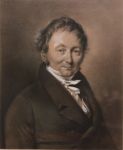
Karl Drais © Prof. Dr. H. E. Lessing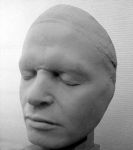
Drais' live mask 1818 © Prof. Dr. H. E. Lessing2017 marked the 200th anniversary of the two-wheeler invention. This is considered to be
the big bang of personal mobility, since thousands of men sat on machines instead of
horses for the first time and rode into the surroundings individually. Yet after
worldwide prohibition of the running machines collective transport by the new
railways stole the show from them.
The inventor came from a family of civil servants without landed property, but laid down his nobility titles during the Badenian Revolution to be merely citizen Karl Drais. After worldwide fame he was prosecuted from age 50 on by the authorities and monarchists for his democratic convictions culminating in an attempted murder. After his death monarchists made him and his invention look silly by starting tall stories in a purposeful manner.
Thus unheard news on Drais will be found clicking through the following pages and the circumstances of his life.
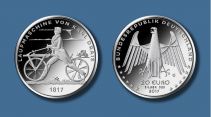
German Euro silver coin 2017
photo: BADV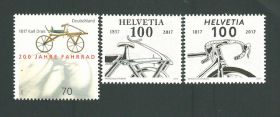
German and Swiss special stamps 2017 (photo: Prof. Dr. H. E. Lessing)
Lessing's thesis published in 1996 recently met with disbelief, mainly since no Drais testimonial has been printed in 1817 for the two-wheeler. Yet in a recently found patent application to the King of Saxony in November 1817 Drais himself described his two-wheeler as a “machine sparing horses and their costs.”
People unfamiliar with the rigorous press censorship then in Germany don't understand, that a testimonial relating to the simultaneousi horse mortality and hunger catastrophe would have been rejected by newspaper editors or printers alike, lest the whole print run would be confiscated.

Horse mortality was talked about in 1816/17
Chronology of facts:
- 1812 first crop failure of a series of five
- 1813 four-wheeled Fahrmaschine with tread mill or crankshaft. Drais prints in his Mannheim preprint: “In war times, when horses and their fodder become rare, such a wagon could be useful”
- 1814 presentation at the Vienna congress without success, thereafter different inventions
- 1816/17 hunger catastrophe and censorship on reporting this for all newspapers and books
- 1817 two-wheeled Laufmaschine, the primeval bicycle described by Drais as a “machine sparing horses and their costs” in his patent application in Saxony.
- End of 1817: retrospective report of French deputy Lambert mentions “mortalité des chevaux” (horse mortality)
- 1818 Comte de Ségur in Paris writes uncensored: “The famous Draisiennes, that are thought to abolish the luxury of horses and to lower the price of oats and hay...”

left: hunger breads 1817, right: censored newspaper 1817

Just released: Lessing/Lawrence eds: A Carriage That Goes Without Horses – Early writings on the Laufmaschine by Karl von Drais (Cycling History #8), 66 pages, V-CC Book Sales £ 5.00 + £ 1.50 p&p within UK, for other postages ask

Celebrating 200 years of the bicycle: “Wie Karl Drais das Fahrrad erfand” by Hans-Erhard Lessing. Updated invention story and Drais's biography – with unpublished copper plates and original texts. Lauinger Verlag, Karlsruhe, 182 pages throughout in colour, 19.90 €, ISBN 3-76508431X
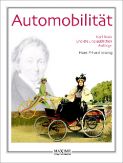
This memorial is able to describe his life, achievements and importance merely in
a compressed way. An extensive biography of Karl Drais is given in the book
"Automobilität – Karl Drais und die
unglaublichen Anfänge" by Hans-Erhard Lessing.
Maxime Verlag
, Leipzig, 528 pages, 19.95 € (was 32 €). ISBN 3-931965-22-8
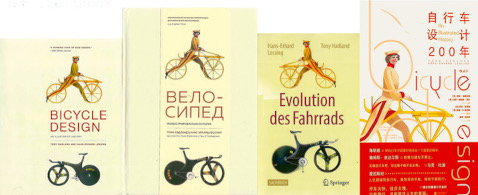
Classic of bicycle technology history as paperback: “Bicycle Design - An Illustrated History” by Hans-Erhard Lessing and Tony Hadland. The MIT Press, Cambridge MA, 568 illustrated pages, £ 28.00, ISBN 0-26252970X
Images of Drais - politicallly correct or not?
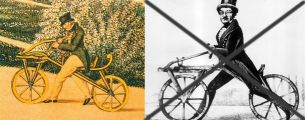
left: 1819 authentic
right: 1891 anti-democratic smear-sheet on transfer of his mortal remains - not at all authentic

